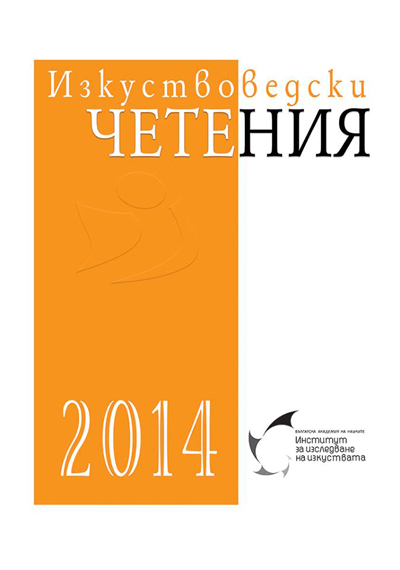Символът в светските стенописи и мозайки в България от 80-те години на ХХ и началото на ХХI век
Symbols in Secular Murals and Mosaics Since the 1980s Until the Early Twenty-first Century
Author(s): Anelia AlexandrovaSubject(s): History, Fine Arts / Performing Arts, Cultural history, Architecture, Visual Arts, Sociology of Art
Published by: Институт за изследване на изкуствата, Българска академия на науките
Summary/Abstract: The role of symbols was significant and definitive in Bulgarian murals and mosaics of the Socialist era. They included in their symbolism the most significant ideological postulates of the Communist Party. Through these pieces, the political and social ideals were directly pushed through. The ideological symbols of the Communist Party were a means of mass propaganda. Along with the symbols of propaganda, there were also such of universal significance. Some of the symbols were double-natured: on the one hand, they were universal and on the other, of ideological nature. Such double-natured symbols were typical of the Socialist era. National symbols were also used, i.e. images of historical and cultural origins that have established themselves over time, evincing the national psyche, shown symbolically. These were representations borrowed form the past and the history of the nation. The ideological symbols widely used in the monumental mural artworks were the Party; the fatherland and the victory. The double-natured symbols used in the mural pieces were hand, fire; the tree of life and lion, while these of universal nature were phoenix; the Sun; cock; serpent; fish; dolphin; seashell; water; wings and DNA. With the advent of political changes following 1989, universal symbols have been used without the presence of ideological connotations, as well as national symbols.
Journal: Изкуствоведски четения
- Issue Year: 2014
- Issue No: 9
- Page Range: 462-471
- Page Count: 10
- Language: Bulgarian
- Content File-PDF

